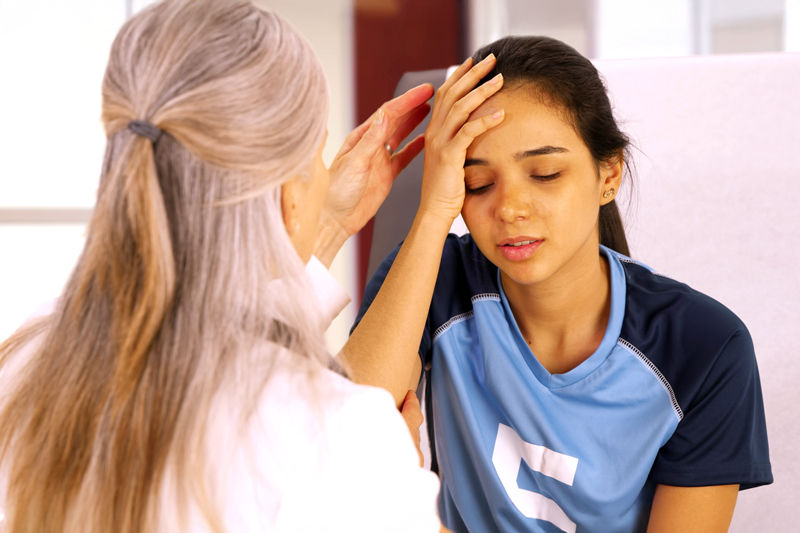How to save a child from drowning with CPR.
- jude72
- Dec 1, 2021
- 3 min read
Updated: Jan 28

Every Summer the warm weather brings with it lovely long days by the pool or the beach. But sadly with the hot weather comes an increase in child drownings each year.
Despite strict pool fencing laws and dutiful observant parents, around 20 children under 5 drown in Australia each year.
If preventative measures against children drowning fail, there is one skill we can all learn to help dramatically improve the odds of a child recovering from falling into a pool – how to do CPR!
Now while the following steps are no substitute for being properly trained in how to do CPR, they can help.
If they help prevent just one child from drowning, then this blog has been worth it.
What to do when a child is drowning.
1. Get the child out of the pool fast. Call 000 or start yelling for help if alone.
2. Check the child’s response by gently tapping, shaking or calling their name loudly. If no response, turn them on their side and check their airway is clear, removing any blockage.
3. Roll them on their back once you are sure their airway is clear. For a child under 12 months, deliver 2 initial breaths of 1 second duration each using your mouth to cover their mouth and nose to provide a good seal. For a child aged 1-8 years, tilt their head back slightly and breathe twice into their mouth.
4. Watch their chest to see if it rises and listen for them breathing. If they are breathing themselves, roll them onto their side in the recovery position and wait for help.
5. If they are NOT breathing, immediately start chest compressions of 30 compressions then 2 breathes, every 2 minutes, repeating the cycle over and over.
6. Chest compressions for a baby should see you using 2 fingers to press the centre of their chest down to a depth of 1/3rd its normal height. (Don’t press too hard, but not too soft either). Press down twice every second as baby’s have faster heart rates than older children.
7. For a child over 12 months of age, use your hand rather than 2 fingers but still compress to 1/3rd their chest height.
8. Every 2 minutes check to see if they are breathing. If not, keep going and keep it up until the ambulance or other help arrives.
Note drowning victims often swallow a lot of water which can be vomited up during CPR. So if that happens make sure you clear their throat properly before continuing as you don’t want to breathe that into their lungs.
Remember you can dial 000 hands-free and be doing CPR while still talking to the operator.
Important: the risk of secondary drowning
New guidelines strongly recommend that ALL potential drowning cases should seek medical attention afterwards even if it seemed to be a minor case or the patient appears to have fully recovered.
This is because people have died from "delayed drowning" or "secondary drowning". as it is sometimes called. They actually leave the scene with water in their lungs and don't know it. They say or feel they are "OK". But they may want to go "lie down and rest". While they do, the water in their lungs blocks their arteries from getting the oxygen they need and the person "drowns".
So always get someone assessed by a doctor or emergency department at a hospital if they have nearly "drowned", even if all they said happened was they swallowed a bit of water.
Now this article is no substitute for proper first aid training that includes CPR training.
If you have young children or are in a Mother's Group with young children, why not all get together and get yourselves properly trained in First Aid & CPR to ensure that you can save your children from drowning.
It's less expensive than you think and these days you can complete part of your training online from home or work with our Blended Training courses. These save you time and so convenient.
To find out more and book, please click this link: https://www.resultsfirstaid.com/courses








Comments